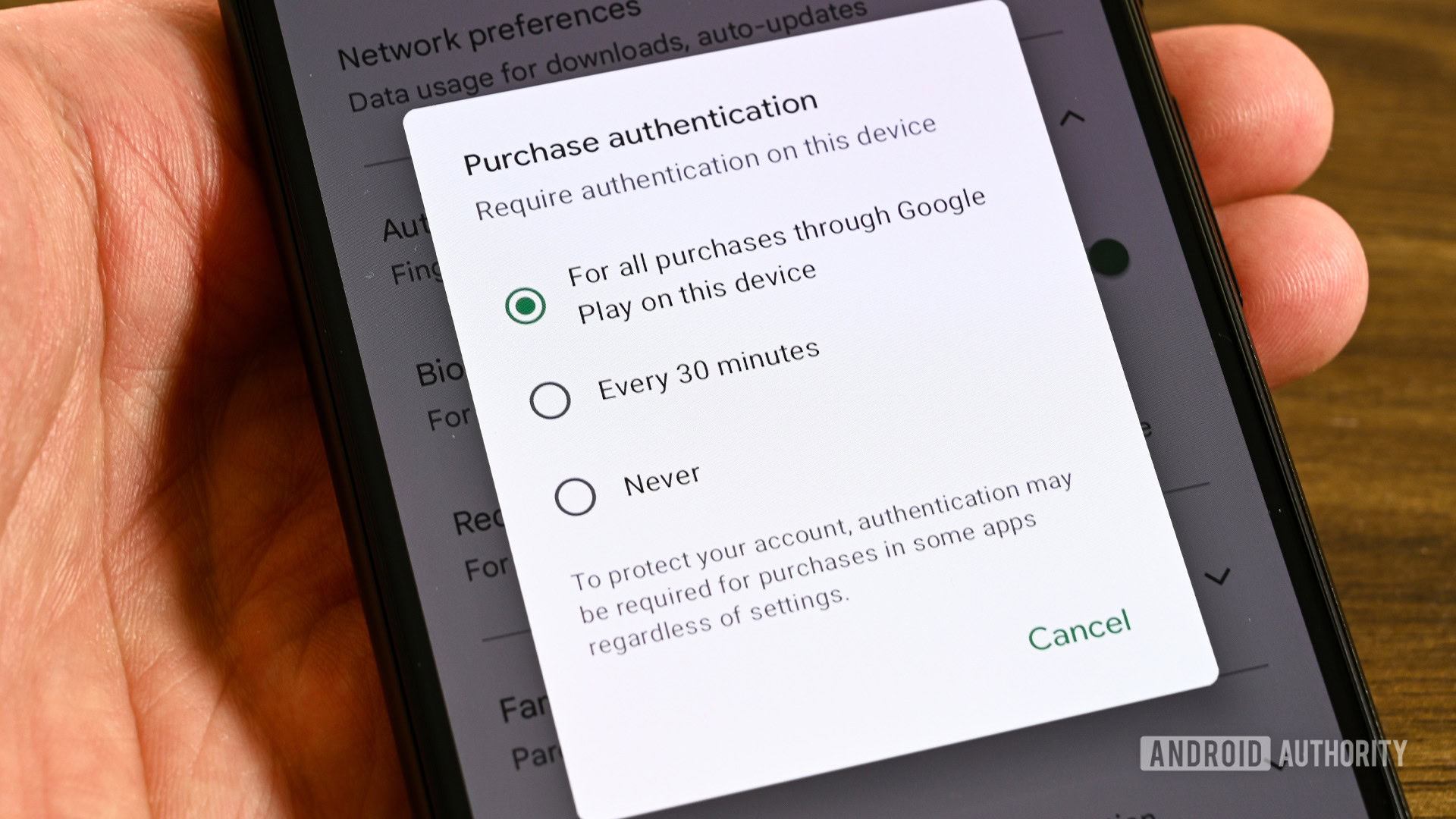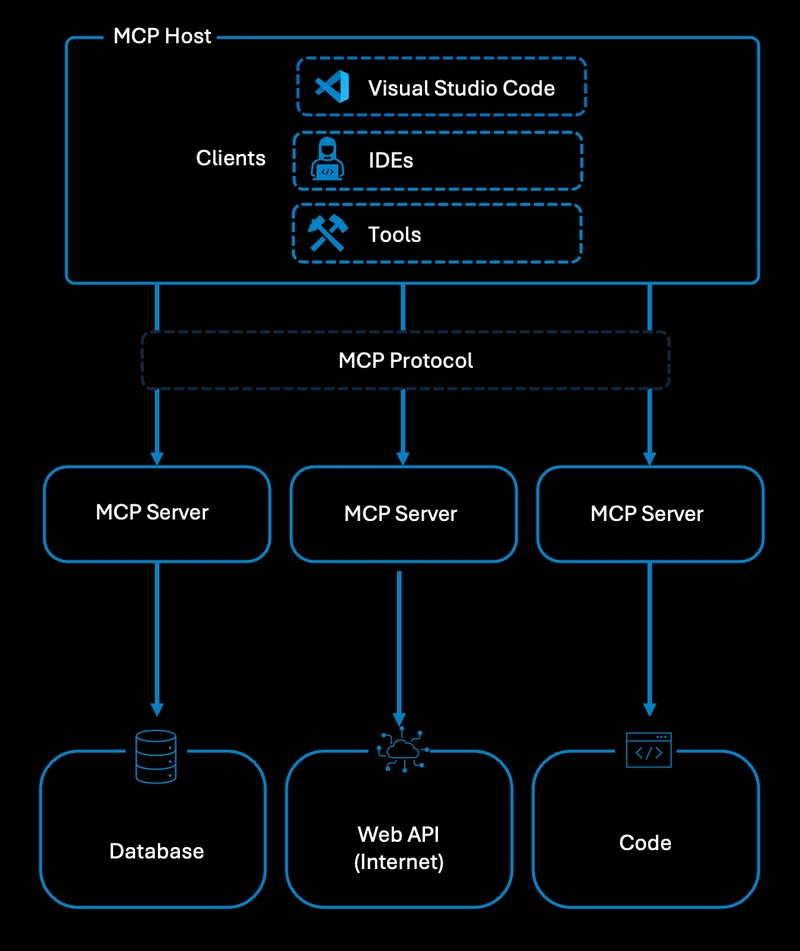Building a Cyber-Aware Culture – CISO’s Step-by-Step Plan
A cyber-aware culture is the backbone of any resilient organization in today’s digital world. As cyber threats become more advanced and frequent, safeguarding sensitive data and systems can no longer rest solely with IT departments. Chief Information Security Officers (CISOs) are now tasked with embedding security awareness into the organization’s very fabric. This means transforming […] The post Building a Cyber-Aware Culture – CISO’s Step-by-Step Plan appeared first on Cyber Security News.

A cyber-aware culture is the backbone of any resilient organization in today’s digital world. As cyber threats become more advanced and frequent, safeguarding sensitive data and systems can no longer rest solely with IT departments.
Chief Information Security Officers (CISOs) are now tasked with embedding security awareness into the organization’s very fabric. This means transforming every employee into a vigilant participant in defense, not just a potential vulnerability.
Achieving this shift requires more than technical controls—it demands leadership, communication, and a strategic, step-by-step approach. The following article explores how CISOs can systematically build, nurture, and sustain a culture where cybersecurity is everyone’s business.
Leadership Commitment: The Foundation of Cultural Change
Establishing a cyber-aware culture starts at the top. CISOs must secure visible and ongoing commitment from senior leadership, ensuring cybersecurity is recognized as a business imperative, not just a technical issue.
When executives actively participate in security initiatives—by attending awareness sessions, discussing cyber risks in company meetings, and adhering to best practices they set a powerful example for the rest of the workforce.
Allocating resources to cybersecurity training and awareness campaigns, and integrating security metrics into organizational performance dashboards, sends a clear message that security is a shared responsibility.
This top-down approach also helps align security objectives with broader business goals, such as regulatory compliance, customer trust, and operational continuity.
Without leadership buy-in and advocacy, efforts to foster a cyber-aware culture risk being seen as optional or peripheral, rather than essential to the organization’s mission.
Five Pillars of a Cyber-Aware Workforce
- Tailored Training Programs: One-size-fits-all training is often ineffective. Instead, CISOs should implement role-specific training that addresses the unique risks different teams face. Finance staff benefit from sessions on invoice fraud, while developers need secure coding guidance. Interactive formats like scenario-based workshops or gamified quizzes make learning engaging and memorable.
- Phishing Resilience Drills: Regular, realistic phishing simulations help employees recognize and resist social engineering attacks. Immediate feedback and targeted coaching for those who fall for simulated attacks reinforce lessons, while celebrating high-performing teams fosters healthy competition and motivation.
- Clear Policies, Simplified: Overly complex security policies can be overwhelming and ignored. CISOs should distill key rules into concise, accessible “cheat sheets” or infographics, distributed through channels employees use daily. Practical tips like verifying payment requests by phone are more likely to be followed.
- Incident Reporting Without Fear: Employees must feel safe to report suspicious activity, mistakes, or near-misses without fear of punishment. Anonymous reporting channels and public recognition for proactive reporting encourage openness and turn employees into active defenders.
- Continuous Feedback Loops: Regular surveys and focus groups help CISOs identify knowledge gaps and adjust training accordingly. For example, if many employees misunderstand secure remote access, targeted sessions can address this, with progress tracked over time to ensure improvement.
These pillars create a learning environment where security becomes second nature, not a burdensome afterthought.
Sustaining Momentum – Metrics, Adaptation, and Evolution
Building a cyber-aware culture is an ongoing process that requires continuous attention and adaptation. CISOs must define clear metrics to measure progress, such as reductions in phishing click rates, faster incident reporting, and increased participation in training programs.
These metrics should be regularly reported to leadership to maintain visibility and accountability. However, sustaining momentum goes beyond tracking numbers; it requires evolving strategies as new threats and technologies emerge.
For instance, the rise of generative AI tools introduces new risks, such as data leakage through chatbots, necessitating updated guidelines and awareness campaigns.
Regular reviews of incident logs can reveal recurring vulnerabilities such as password reuse that may prompt the adoption of new technologies like passwordless authentication.
- Leverage Behavioral Nudges: Subtle reminders, like pop-up alerts when risky actions are detected, can reinforce good habits in real time and prevent mistakes before they happen.
- Cross-Department Collaboration: Working with HR, legal, and communications teams ensures that cybersecurity is integrated into onboarding, policy updates, and compliance efforts, making it a seamless part of daily operations.
Ultimately, the most successful cyber-aware cultures are those where every employee feels empowered and responsible for security.
CISOs who invest in ongoing education, transparent communication, and adaptive strategies will transform their workforce from a potential liability into a formidable line of defense.
By making cybersecurity a shared value and a continuous journey, organizations reduce risk and build trust and resilience in an ever-changing digital landscape.
Find this News Interesting! Follow us on Google News, LinkedIn, & X to Get Instant Updates!
The post Building a Cyber-Aware Culture – CISO’s Step-by-Step Plan appeared first on Cyber Security News.






































































![M4 MacBook Air Drops to New All-Time Low of $912 [Deal]](https://www.iclarified.com/images/news/97108/97108/97108-640.jpg)
![New iPhone 17 Dummy Models Surface in Black and White [Images]](https://www.iclarified.com/images/news/97106/97106/97106-640.jpg)










































































































_Olekcii_Mach_Alamy.jpg?width=1280&auto=webp&quality=80&disable=upscale#)






















































































![[The AI Show Episode 144]: ChatGPT’s New Memory, Shopify CEO’s Leaked “AI First” Memo, Google Cloud Next Releases, o3 and o4-mini Coming Soon & Llama 4’s Rocky Launch](https://www.marketingaiinstitute.com/hubfs/ep%20144%20cover.png)























































































































![Is This Programming Paradigm New? [closed]](https://miro.medium.com/v2/resize:fit:1200/format:webp/1*nKR2930riHA4VC7dLwIuxA.gif)















































-Classic-Nintendo-GameCube-games-are-coming-to-Nintendo-Switch-2!-00-00-13.png?width=1920&height=1920&fit=bounds&quality=70&format=jpg&auto=webp#)



































































